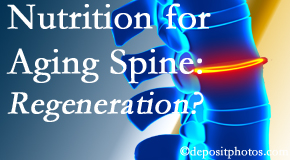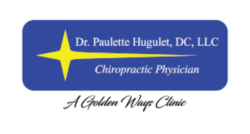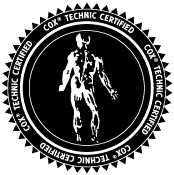La Grande Chiropractic Care of an Aging Spine: Nutrition & Manipulation
Wrinkles, frown lines, smile lines, disc degeneration…natural events with growing older (and, might we add, wiser!). (Dr. Paulette Hugulet, DC, LLC takes care of many wise La Grande chiropractic patients!) Discs degenerate. As a matter of fact, discs are reported to begin degenerating in the second decade of life. By your 40s, 50s, 60s, 70s, 80s, 90s, it would be less common to not see disc degeneration. Research today is showing some promise in the care of disc degeneration with even the possibility being put forward in the literature of potential disc regeneration. This is amazing to your La Grande chiropractor and to chiropractic patients everywhere!
THE ROLE OF THE DISC
The disc acts as the spine’s shock absorber. The disc resists the compressive loads put on the spine during movement. How is it able to do this? It has a high proteoglycan aggrecan content. Proteolysis is aggrecan loss that happens with degeneration. Researchers suggest that restoration of aggrecan loss in the nucleus of the disc is probable via cells that can synthesize aggrecan and be borne by the disc’s matrix. (1) This gives hope to exploration of possible disc regeneration and its potential to relieve back pain.
AGING AND DISC DEGENERATION
Disc degeneration is a well-acknowledged source of low back pain. What is the disc made of? Aggrecan is the main component. Aggrecan is the key proteoglycan structure in the extracellular matrix that makes up the disc. Aggrecan is substantial, composed of varied glycosaminoglycan chains. It can create more aggregates when combined with hyaluronan. The glycosaminoglycan chains are negatively charged and bind to water molecules which are necessary to keep the disc hydrated enough to allow the disc to withstand compressive loading it is made to do. (2) Disc degeneration gets down to the molecules that form the disc. Dr. Paulette Hugulet, DC, LLC gets down there, too! These authors suggest that aggrecan-based therapies for disc regeneration may well be possible.
THERAPY FOR POTENTIAL DISC REGENERATION
Chondroitin sulfate is showing itself to be such a therapy. Chondroitin sulfate’s potential benefit was first discussed clear back in 1966 by Cole, Ghosh and Taylor. Chondroitin sulfate is described as being the source of glycosaminoglycan synthesis in the disc. (3,4,5) Combining nutrition with distraction spinal manipulation showed promise for potential disc regeneration. (6) Dr. Paulette Hugulet, DC, LLC includes spinal disc nutrition with spinal distraction manipulation for the optimal clinical outcome.
CONTACT Dr. Paulette Hugulet, DC, LLC
Listen to this PODCAST with Dr. Tyler Lomnicki on The Back Doctors Podcast with Dr. Michael Johnson as he describes The Cox® Technic System of Spinal Pain Management integration of gentle distraction manipulation and nutrition for this patient’s relief and management of disc herniation pain.


